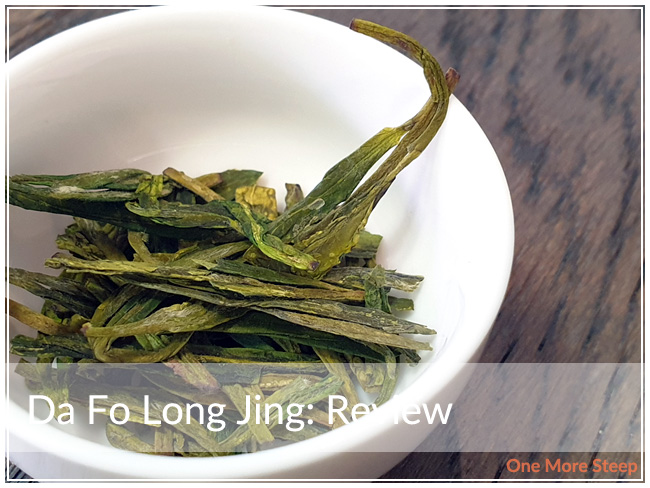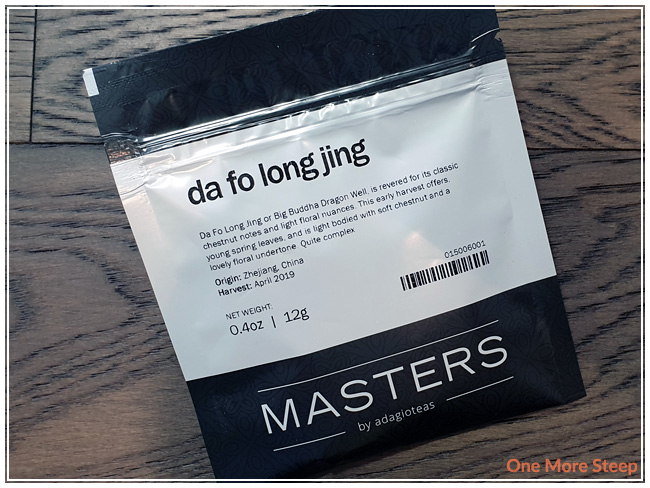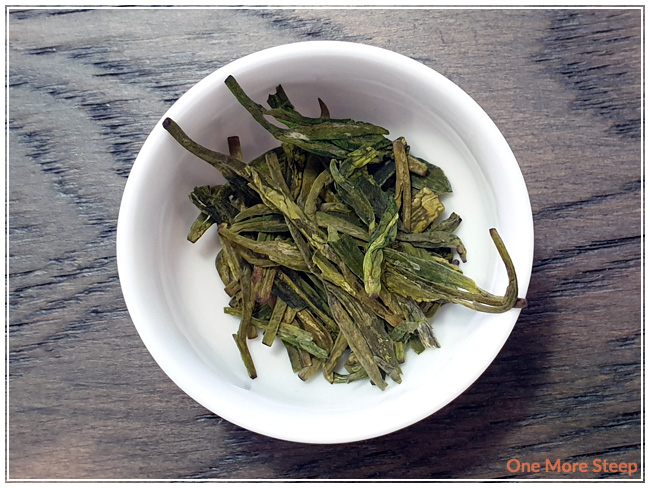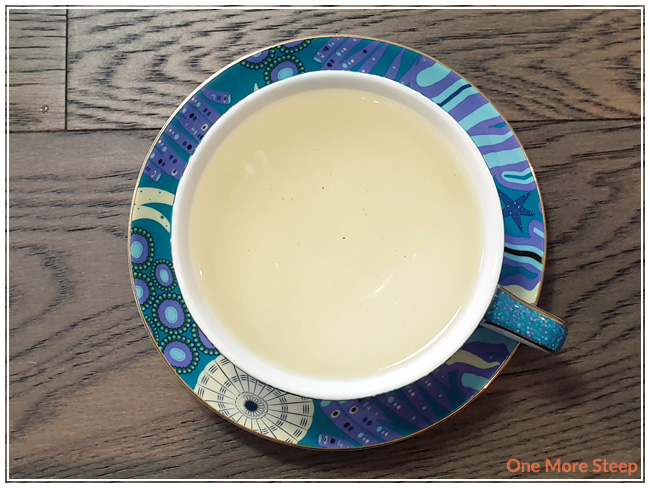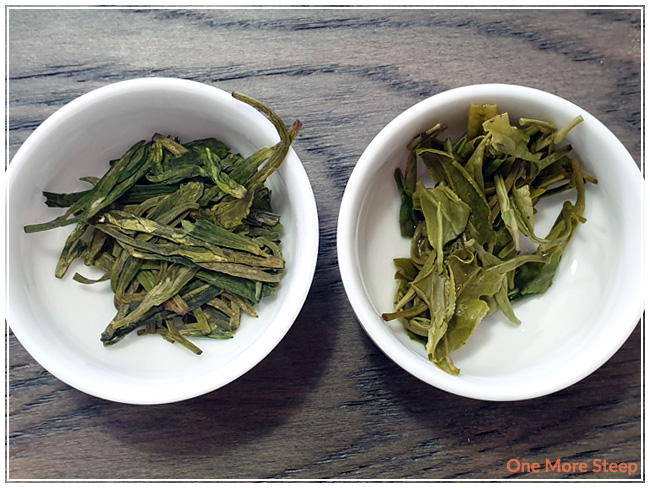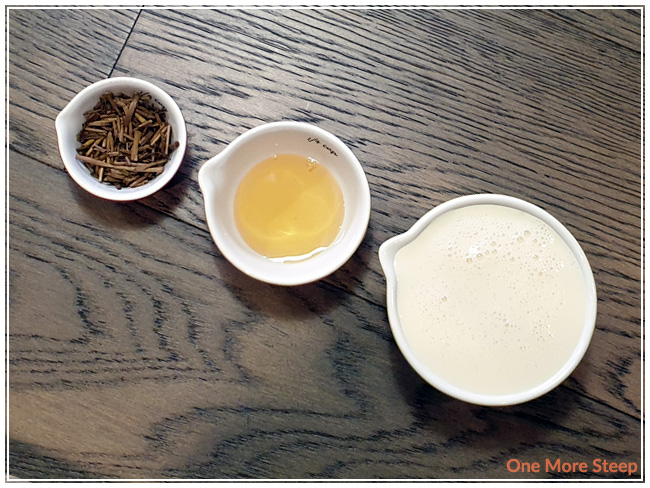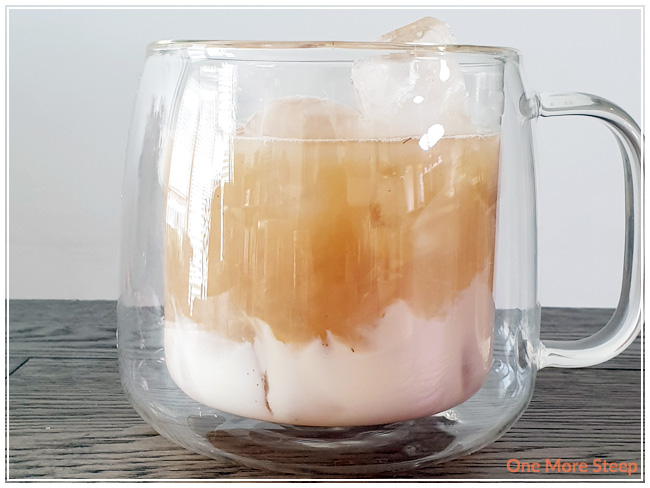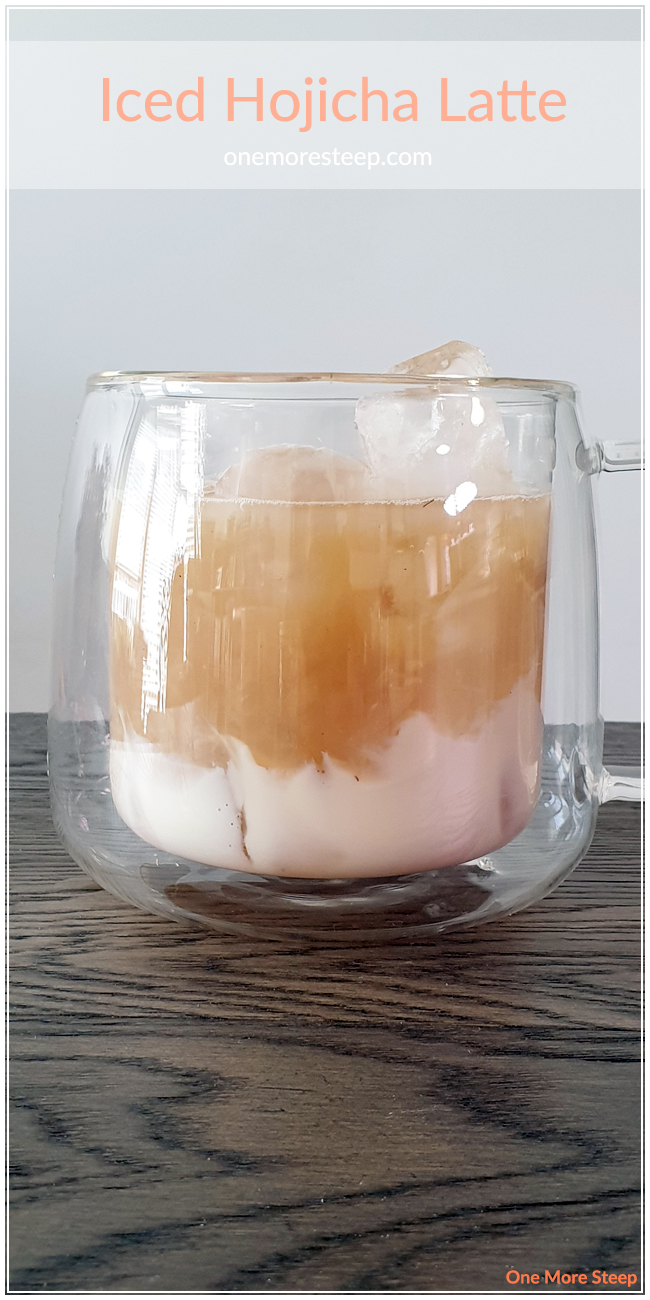Shi Feng Long Jing by Masters Teas
Green Tea / Straight
$29.00USD for 1.5oz
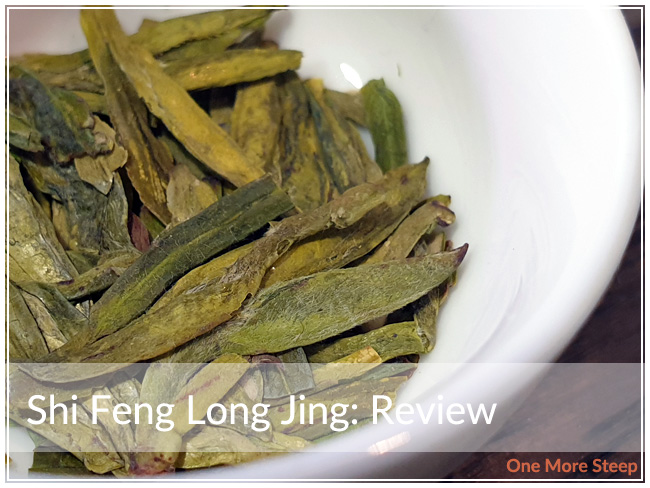
Masters Teas has provided me with Shi Feng Long Jing for the purposes of writing an honest review.
First Impressions
Shi Feng Long Jing came to me in a sealed printed, resealable pouch. There’s information regarding the origin and tasting notes, which I always appreciate. I found the steeping instructions for this Chinese green tea on the Masters Teas website on the product page for this specific tea. The leaves are flat and green – ranging from light to medium greens in colour. It’s a very familiar tea, since I’m a fan of long jing (dragonwell). There are some light grassy and floral notes from the dry leaf – I don’t sell any chestnuts despite it being referenced in the description.
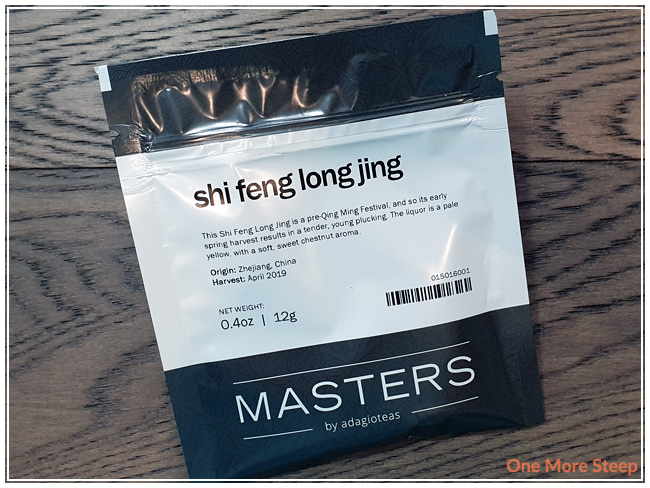
Shi Feng Long Jing was harvested April of 2019, by farmer Guo Ya Ling in Zhejiang, China. This tea was harvested at 500m elevation. I always appreciate finding out more information about my teas, I think it’s great to be able to trace the tea back to its origin.
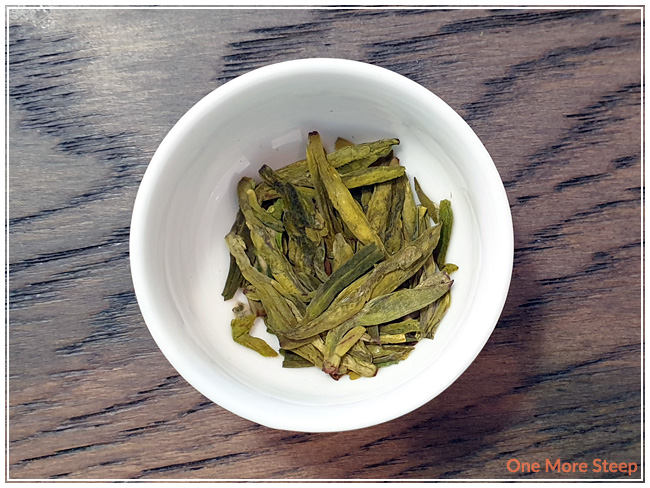
Preparation
Masters Teas recommends steeping Shi Feng Long Jing in 170°F (77°C) for 2 to 3 minutes. I opted to do an initial steep in 175°F (79°C) water that I allowed to cool for 5 minutes prior to steeping, and steeped the tea leaves for 2 minutes.
First Taste
Shi Feng Long Jing steeps to a light yellow colour. I found the aroma to be a mix of grassy and floral, while the flavour had some sweetness to balance out the grassy notes, as well as some nutty notes that remind me of cashews. It makes for pleasant cup of tea and I wouldn’t add anything to it.
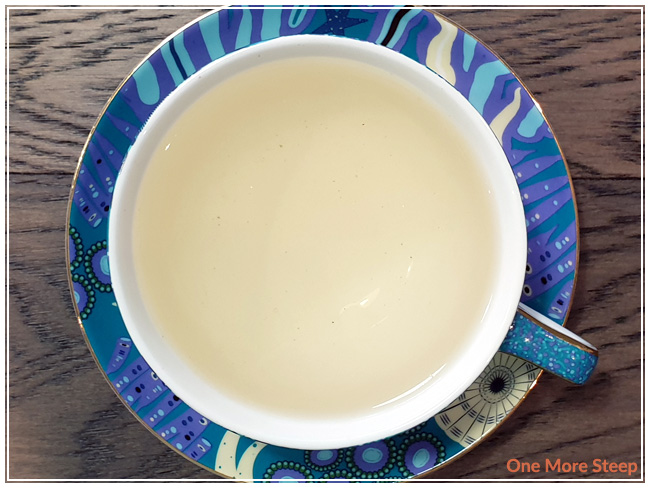
A Second Cup?
Masters Teas suggests that Shi Feng Long Jing can be steeped 7 times, so I opted to do 6 resteeps of the same leaves – I added an additional 30 seconds for each subsequent steep. I found that the tea became more golden yellow and developed more of a nutty flavour in the later steeps, and lost some of that floral sweetness.
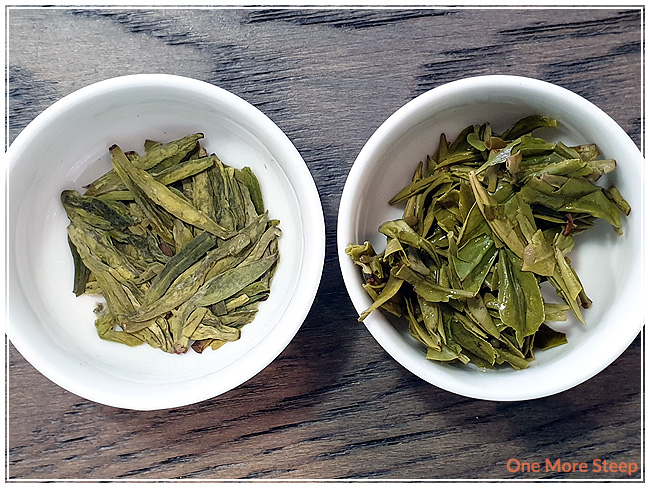
My Overall Impression
![]()
I loved Masters Teas’s Shi Feng Long Jing. I found that the flavours of this green tea to be well-balanced. I was curious about where the chestnut notes might be at the beginning, but found them after having steeped the tea. I really enjoyed each resteep, especially as the flavour profile shifted from sweet to more savoury, it made for a great tea experience and I would recommend resteeping this tea.
Curious about the cup rating system? Click here to learn more.
